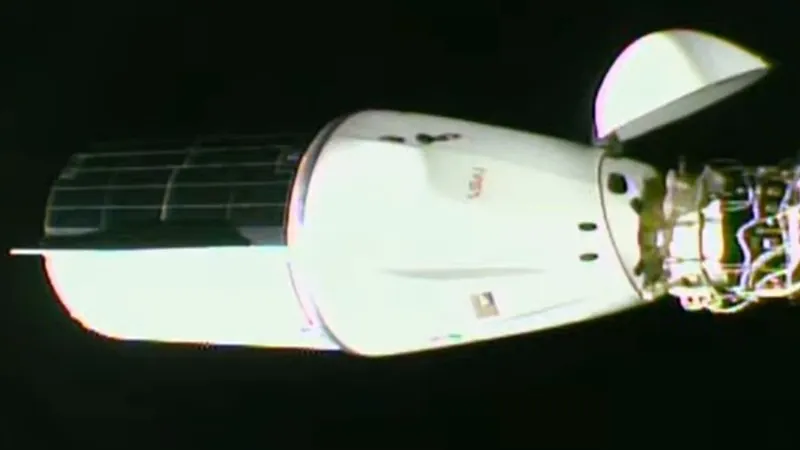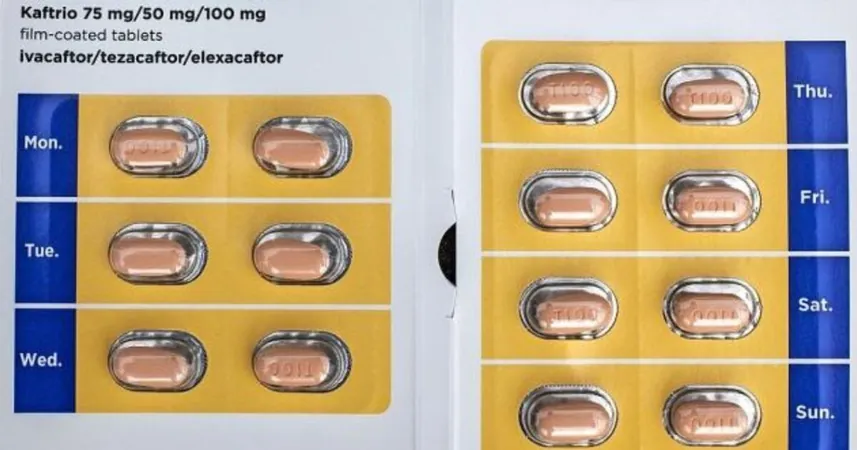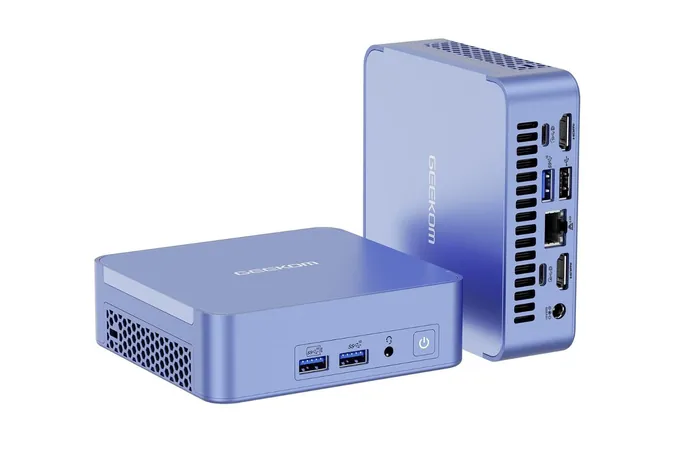
SpaceX Dragon Cargo Capsule Successfully Docks at ISS on Groundbreaking 31st Resupply Mission (Video)
2024-11-05
Author: Wei
SpaceX Dragon Successfully Docks at ISS
In a remarkable feat of engineering and teamwork, the International Space Station (ISS) welcomed a new shipment of critical supplies today, November 5. The SpaceX Dragon cargo spacecraft, carrying an impressive 6,000 pounds (2,700 kilograms) of food, equipment, and scientific experiments, completed its docking at the ISS at 10:04 a.m. EST (1404 GMT), impressively arriving 11 minutes ahead of schedule.
Maneuvering to the Space Station
Maneuvering seamlessly to the orbiting complex while it was over southeast Russia, the Dragon spacecraft reached the ISS at 9:52 a.m. EST (1352 GMT), as reported on NASA+. According to the latest updates, the hatch opening of the spacecraft is anticipated to occur later this afternoon EDT, allowing astronauts on board the ISS to begin unloading the valuable cargo.
Launch Details
The Dragon spacecraft embarked on its journey aboard a Falcon 9 rocket launched from NASA’s Kennedy Space Center in Florida on the night of November 4, marking this resupply mission as CRS-31 (Commercial Resupply Services 31). This mission represents SpaceX’s ongoing partnership with NASA, which has been vital in supporting ongoing research and daily operations aboard the ISS.
Docking at the ISS
The Dragon docked at the forward port of the space station's Harmony module, which had previously been occupied by another Dragon spacecraft. To facilitate the docking, four astronauts completed a brief relocation of their Crew Dragon to a different position on the ISS during an hour-long operation on November 3.
Scientific Experiments on Board
Among the exciting cargo within CRS-31 are several innovative experiments, designed to explore a range of scientific questions—from the effects of solar wind (the continuous flow of charged particles from the Sun) to plant growth in microgravity environments. Additional experiments will investigate the cold welding of metals and assess how space radiation affects the degradation of various materials. These experiments not only advance our understanding of space but also have potential applications for future long-duration missions, including trips to Mars.
Mission Duration and Return Plans
The Dragon capsule is slated to remain attached to the ISS for approximately one month. When it eventually departs, it will carry back a collection of research materials and other cargo to splash down safely off the coast of Florida.
Conclusion
Stay tuned for further updates as this mission progresses, showcasing humanity's ongoing quest to unlock the mysteries of space!




 Brasil (PT)
Brasil (PT)
 Canada (EN)
Canada (EN)
 Chile (ES)
Chile (ES)
 España (ES)
España (ES)
 France (FR)
France (FR)
 Hong Kong (EN)
Hong Kong (EN)
 Italia (IT)
Italia (IT)
 日本 (JA)
日本 (JA)
 Magyarország (HU)
Magyarország (HU)
 Norge (NO)
Norge (NO)
 Polska (PL)
Polska (PL)
 Schweiz (DE)
Schweiz (DE)
 Singapore (EN)
Singapore (EN)
 Sverige (SV)
Sverige (SV)
 Suomi (FI)
Suomi (FI)
 Türkiye (TR)
Türkiye (TR)